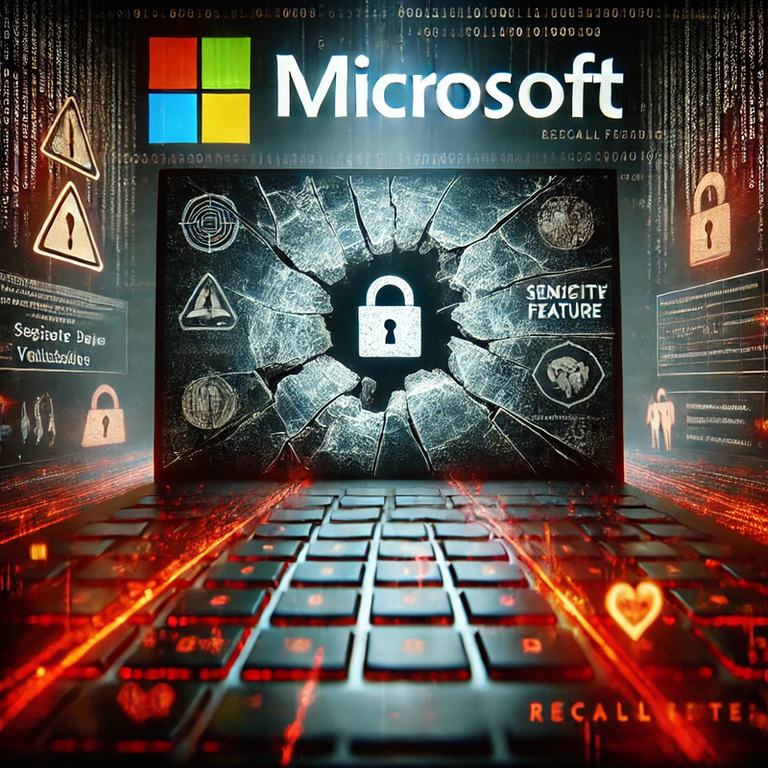Microsoft's Recall Feature: Another Systemic Cybersecurity Failure

Microsoft has stumbled yet again. Its Recall feature — intended to enhance user experience by periodically capturing screenshots — has become a glaring example of how well-intentioned technology can undermine security and privacy.
Does this sound familiar? It should.
Microsoft was initially roasted by the cybersecurity community when it announced its Recall feature. The feature’s initial design, which stored sensitive data like passwords and private information, left it wide open to exploitation by cyber attackers. It was a momentous embarrassment how a dangerous feature was so misguided and nobody caught it. Even the CEO announced the new features, oblivious to the gaping security risks.
Unfortunately, this was just one of many cybersecurity issues that Microsoft has been showcasing lately. It has gotten so bad, they were called before Congress to explain. They assured customers, Congress, and the media they were turning a new leaf. But in reality, they were simply reinforcing the broken structures that created the systematic problem.
Even after a delayed release and promises to address vulnerabilities, Recall remains riddled with flaws.
Recall does attempt to not capture sensitive data, but fails (see screenshots in the Toms Hardware article), can still be accessed by attackers, and ultimately benefits hackers more than it does users.
The good news is that it is no longer on by default, which was a very poor initial implementation decision, and now requires an opt-in to activate. Something that no one should enable. Additionally, Microsoft should institute strong safeguards to prevent others from activating Recall without the user’s knowledge.
Sadly, as I predicted months ago, Microsoft will continue to fail at cybersecurity in many seemingly unexpected ways, because they lack the proper mindset. Their leadership continues to think security can be achieved via technology alone, showcasing that it does not understand the breadth of cybersecurity principles and lacks strategic thinking beyond technical configurations. They simply don’t understand how their technology, absent known technical vulnerabilities, can be misused by those with malicious intent.
Microsoft continues to struggle with cybersecurity fundamentals. Given the clear trends of insecure products and major hacking incidents, I believe we will see many more security blunders until their leadership recognizes their blind spot and makes significant changes that incorporate more experienced insights at an executive level.
Seriously, again Microsoft??